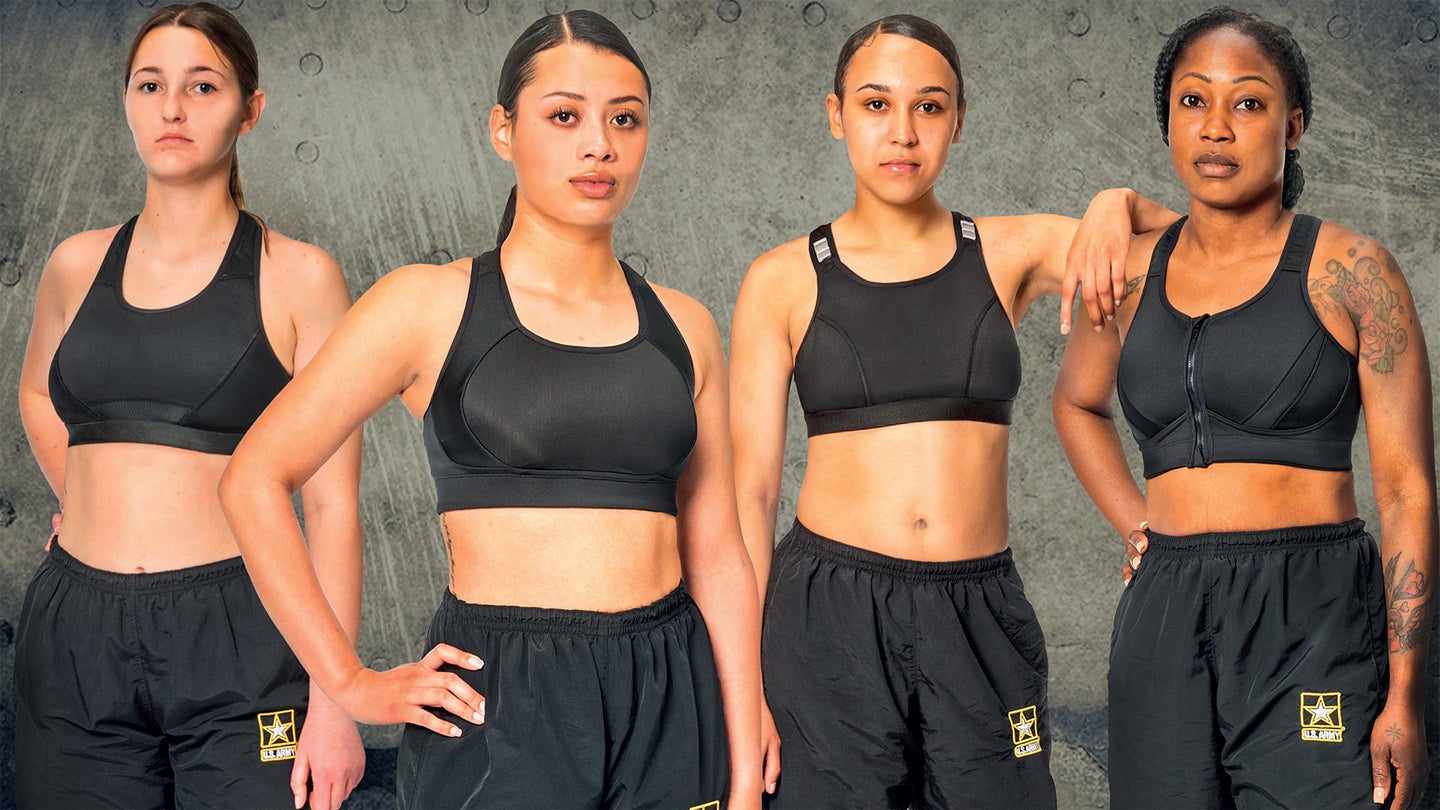The New Yorker makes a joke of the Army’s tactical bra. It’s not
The New Yorker needs to talk to female service members about their combat gear.

Women who serve in the U.S. military can and will tell you often how their body armor and uniforms were clearly not designed for the female anatomy, so it seemed like a positive step last year when the Army announced it was testing a better fitting brassiere that would give women more support when they wear their combat gear.
“The overall goal is to produce garments that not only protect the user but reduce the cognitive burden on the female soldier caused by discomfort and ill fit,” Ashley Cushon, who is leading the program at the Soldier Center, told Army Acquisition, Logistics, and Technology Magazine in February 2022. “Achieving this will improve the soldier’s overall readiness and performance levels, allowing them to focus on their mission.”
All this sounds perfectly reasonable, but a recent article in The New Yorker tries to take a light-hearted look at the subject but ends up making the service’s effort to provide female soldiers with better fitting gear sound like a joke.
Subscribe to Task & Purpose Today. Get the latest military news and culture in your inbox daily.
The article by Patricia Marx notes that the bra under testing is “fire-resistant but not bulletproof.” First of all: Nothing is truly “bulletproof,” only bullet resistant. Secondly: It’s a bra, not a tactical vest.
The story also comes with a cartoon showing a female service member wearing something akin to the Marine Corps’ camouflage parachuting with her bra straps attached to a parachute. Does The New Yorker honestly think this is how female paratroopers make combat jumps?
Marx’s story provides a history of women in the U.S. military and touches on other Army efforts to provide women with better fitting protective gear. However, she doesn’t elaborate on how the U.S. military is facing a serious problem of providing female service members combat gear that fits their bodies. Instead, Marx wrote that after she tried on one of the bras being tested by the Army, she began thinking about Barbie.
“Barbie joined the Army in 1989, the year before Desert Storm,” Marx wrote. “Her togs, including a battle-dress uniform and a midnight-blue gown with gold braid trim for nights out as a captain, were approved by the Pentagon. She, like human soldiers, does not yet have a combat-ready bra, but, on the other hand, she does not appear to have problems with jiggling.”
But the tactical bra is no joke. Women in the military pay out of pocket for high-quality sports bras for physical training, and that can be very expensive, especially for junior enlisted service members, said Kayla Williams, a senior policy researcher at the RAND Corporation and a former Army sergeant.
Female service members also face dangers that most civilians do not, and that is why it is important for them to have fire-resistant undergarments, Williams told Task & Purpose.
Another issue is how the tactical bra might fit in with the Army’s efforts to provide women with better-fitting tactical vests and ballistic plates, Williams said. Under current designs, tactical vests can hold plates too far away from women’s bodies.
“We’re still working towards a time when plates are designed to account for women’s unique body structures,” Williams said. “For me, when I was in Iraq wearing my flak vest every single day, I got calluses on my collar bones. If it is possible to design gear in a way that is protective of our bodies, it can reduce harm, increase comfort, and it potentially has the ability to reduce disability compensation claims down the road.”
It’s clear from the story that Marx did not take the time to understand the needs of female service members, said former Marine Maj. Kyleanne Hunter, who is now a senior political scientist at the RAND Corporation.
Women in the military need appropriately fitted gear to do intensely physical jobs in a dangerous operating environment, Hunter told Task & Purpose..
“This isn’t just ‘women want a new bra,’” Hunter said. “It is: ‘Women want to be safe and healthy and reduce the risk of injury while doing jobs that they’re fully qualified to do. The military –and the Army with this – is really showing an investment in valuing women’s health and wellbeing so that they can make their best contributions possible.”
Hunter spent years with the Defense Advisory Committee on Women in the Services advocating that properly fitting gear – including undergarments – is essential to female service members’ health and safety.
But The New Yorker story “sets back the cause of taking women’s needs seriously,” she said.
“We know from years and years of research that ill-fitting and improperly fitting equipment is a leading cause of injury for servicewomen,” Hunter said. “It also then leads to women leaving the military earlier because they can’t get the gear/equipment support that they actually need. Stories, like The New Yorker one, just undermine the efforts that are being made and continue to create a culture where women don’t feel valued.”
The latest on Task & Purpose
- The Navy is offering up to $75,000 in enlistment bonuses to get more sailors
- No, military helicopters are not invading California
- No ‘golden hour’? How Army medicine is changing for the next war
- Army fires former 5th SFAB commander following investigation
- Russia’s antique tanks are finding a second life as VBIEDs
